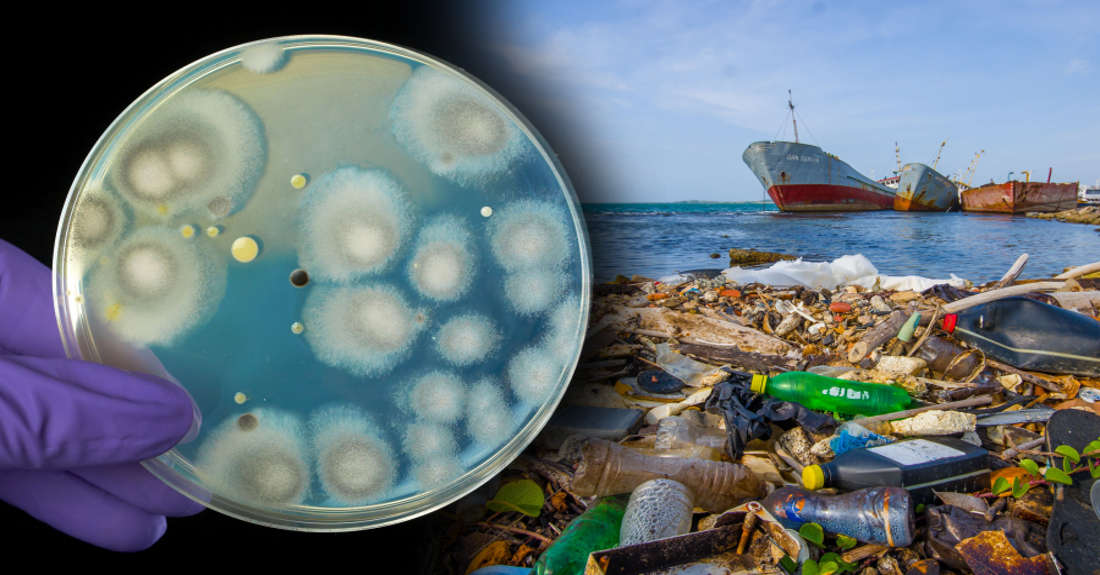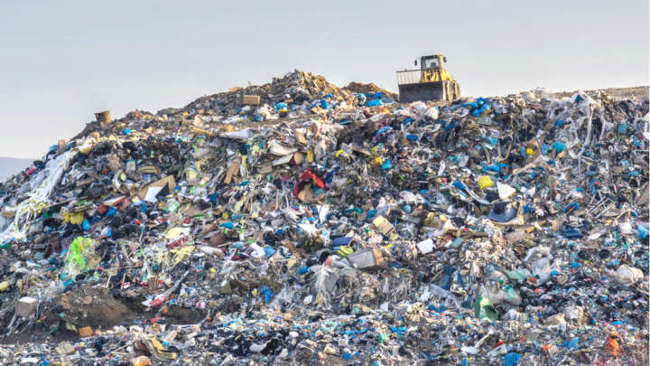The increasing environmental problem due to extensive use of plastics and other non-biodegradable elements have lately been a major concern throughout the world. Plastics being one of the most hazardous components seem to have no substantial end to its use due to the growing market industry. Nevertheless, the common solutions that have come up to combat the situation are the use of paper bags or jute materials over plastics bags. Plastic bottles are undergoing the process of recycling and reusing to prevent unnecessary generation of excess plastics.
A new discovery in Pakistan
However, a new and innovative alternative that has cropped up is the discovery of a plastic-eating fungus. The major drawback of plastic is its lifespan which can essentially last up to a few thousand years. It is due to this that dumping plastic waste in landfill areas is of no profit to the soil. The discovery has been made in Pakistan and is likely to reduce the toxic lifespan of used plastic.
It is sad to notice that the amount of plastic manufactured per year is higher than the world’s total population. No less than some millions of plastic wastes are let out into the ocean alone, set aside the dumping grounds. If accumulated and weighed together, these plastics can measure up to 300 million. So the plastic which normally takes thousand years to degrade can possibly be gone within a few weeks. And the credit goes to this peculiar fungus.
Aspergillus Tubingensis the plastic-eating fungus
Cue Aspergillus Tubingensis, is the said fungus that has a unique capacity to break down complex chemical compounds of plastic. This fungus literally eats plastic and breaks down its chemical composition. Several lab experiments proved the authenticity of the claim by noticing that the fungus actually degrades polyester plastic. These fungi can also degrade the compositions of oil and some radioactive wastes and trinitrotoluene that are toxic to the environmental situation.
The fungi secrete certain enzymes that approximately take a month or two to break down the compounds into simpler compositions which are easily biodegradable. The degradation takes place to an extent that the plastic breaks down into smaller particles.










